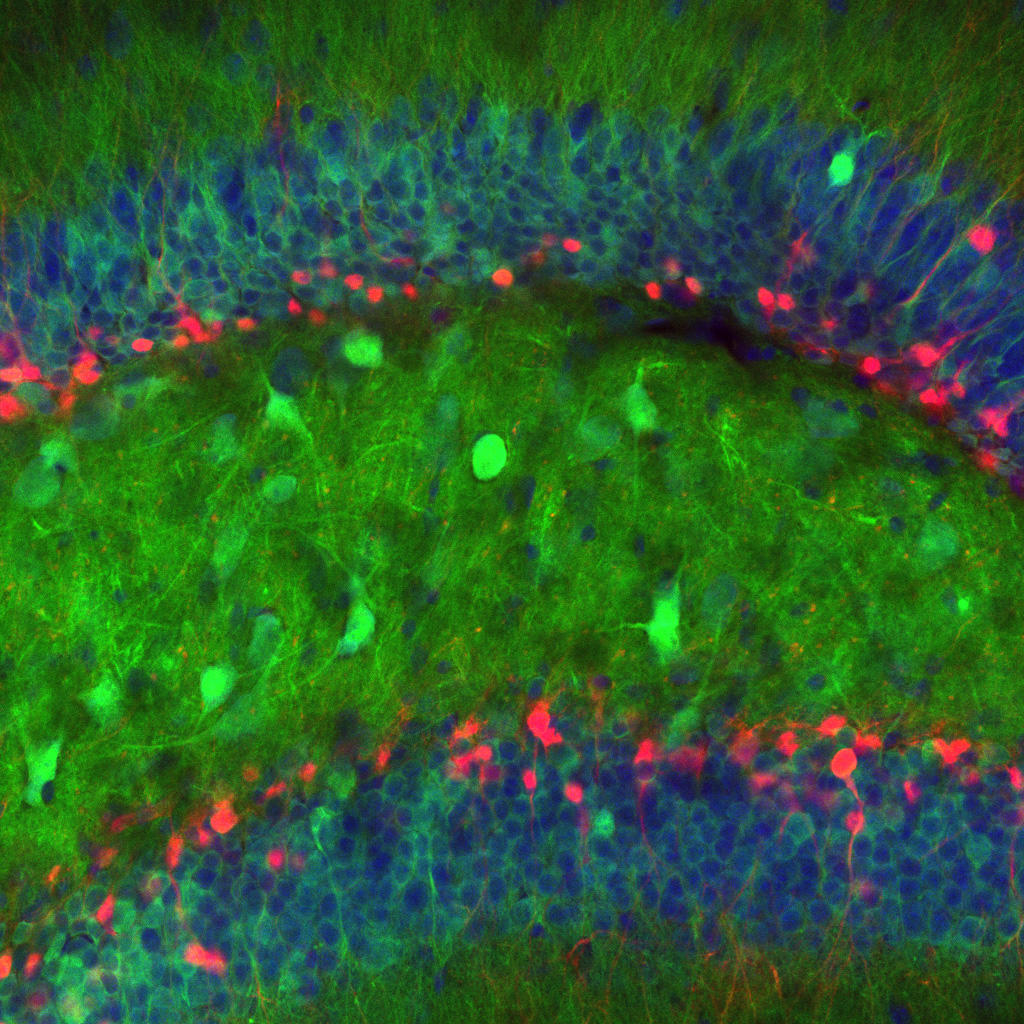Most of the cells in our body have a finite life span. They are continually dying and being replaced. But the majority of our brain cells have to last an entire lifetime — which means our cerebral cortex just keeps operating on the same road-worn neurons it came with.
There are a few select brain regions, though, that do grow new cells into adulthood. One of these is the dentate gyrus, a tiny sliver of tissue in the hippocampus, where memories are formed. Ever since scientists discovered, almost five decades ago, that this part of the brain can sprout new cells, they have wondered: what special role do these fledgling neurons play in memory formation?
A team of Columbia neuroscientists say they have found at least part of the answer to this question by demonstrating that the dentate gyrus’s youngest cells play a crucial role in the brain’s ability to distinguish between similar — yet different — contexts when forming memories. This process, called pattern separation, is a key component of the brain’s internal GPS: it helps us remember, say, where we parked our car this morning, versus where we parked it yesterday.
The idea that newly generated cells in the dentate gyrus may be involved in pattern separation is not new; other neuroscientists have hypothesized this before. But researchers, led by Attila Losonczy — a principal investigator at Columbia’s Zuckerman Institute and an assistant professor of neuroscience at Columbia University Medical Center — are the first to observe the activity of neurons in this part of the brain in such detail that they could tell what different-aged cells were doing as they formed a memory.
Losonczy and his colleagues say their discovery could one day have therapeutic implications, since the merging of memories — what happens, for example, when a person with posttraumatic stress disorder mistakes a car backfiring for a gunshot — is considered a key feature of many psychiatric disorders, including anxiety and depression, as well as PTSD.



